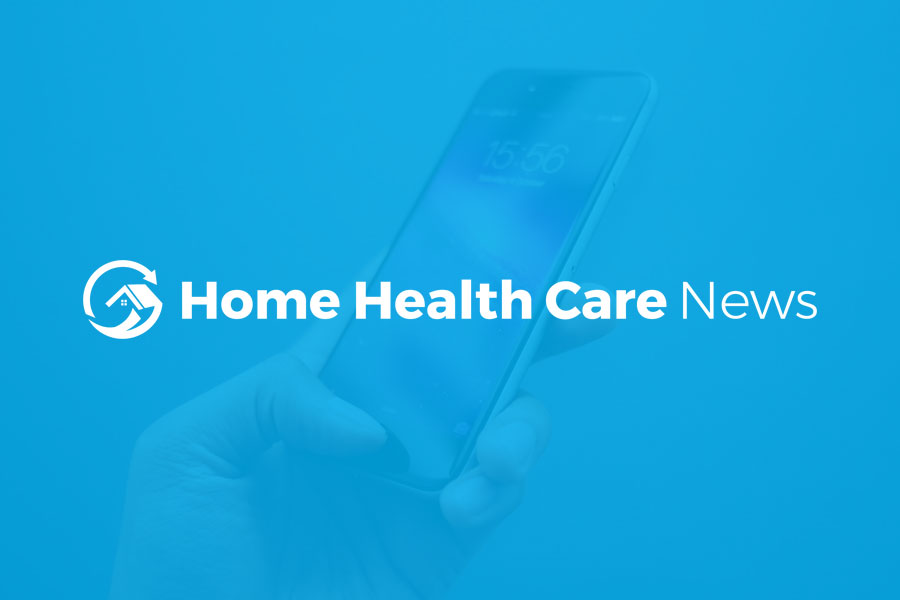
Two Chicago-based in-home care companies are teaming up in a move that illustrates bigger home care trends.
BrightStar Care — one of the largest home care franchisers in the nation — announced it’s joining Dina’s digital home care coordination network. In doing so, the home care and senior living franchise organization hopes to enhance its ability to work with hospital and health plan partners.
Shared Vision to Support Hospitals, Payers

“We felt Dina’s vision for enabling greater coordination of care really aligned with our vision of leveraging BrightStar’s network to provide solutions for health systems and payers,” Dean Ulizio, BrightStar Care’s chief strategy officer, told Home Health Care News in an email. “We also were impressed by how their platform automates communication and referral-process workflow at a time when traditional approaches and methods have been tested by the COVID pandemic and changing health care landscape.”
While its headquarters is in Chicago, BrightStar Care’s portfolio ranges from medical-level home care and hospice services, to companionship support and other non-medical offerings.
Its new partner — Dina — is an in-home care technology provider that helps providers, hospitals, payers and others coordinate services around the home. Dina helps partners by using AI to recommend evidence-based, non-medical interventions that can lead to fewer ER visits and unnecessary hospitalizations.
By joining Dina’s digital home care coordination network, BrightStar Care hopes to enhance its ability to work with hospital and health plan partners.
Collecting Data From the Home
Dina has evolved to also help its partners collect all sorts of patient data from inside the home. The tech company additionally helps partners by using AI to recommend evidence-based, non-medical interventions that can lead to fewer ER visits and unnecessary hospitalizations.
Recently, Dina expanded its services to include a light-weight remote patient monitoring package, too.

“Dina’s model of care is coming together around this label we’re using more and more called ‘care traffic control,’ which really helps hospitals and health plans up-level or upscale their traditional case management or population-health functions,” Dina President and CEO Ashish Shah told HHCN. “That’s to be able to more closely coordinate and monitor patients in the future care setting — the home.”
BrightStar Care will initially work with Dina in the Philadelphia market, where Dina has built a strong partnership network of home health, hospital and skilled nursing facilities (SNFs).
Through the Dina platform, all of those groups can now turn to BrightStar to fill non-medical home care needs focused on social determinants of health.
Dina helps hospitals and plans level up case management functions to closely monitor patients in the home.
“They’re going to be a good, large player in that market,” Shah said. “And they’ll join in with groups like Bayada Home Health Care, Holy Redeemer and others that we have partnered with in that region.”
Accelerating At-Home Care Models
On a general level, the new partnership between BrightStar Care and Dina reflects the increasingly important role home care plays in managing populations. That role will likely grow more critical in days to come.
As a result of record-breaking COVID-19 numbers, health care organizations continue to look for ways to shift care into the home and out of facilities.
“COVID has definitely accelerated at-home care delivery models, whether it’s high-acuity hospital-at-home services, SNF-at-home services or dialysis at home,” Shah said. “We’re just seeing an explosion of care being transitioned to the home. That’s one major driver of our model, because it’s not any one provider that can deliver everything you need. It’s often a collection of different service providers that need to be tightly coordinated.”
Read the full story in Home Health Care News.
Looking for more industry news? Sign up for updates delivered to your inbox twice a month.




